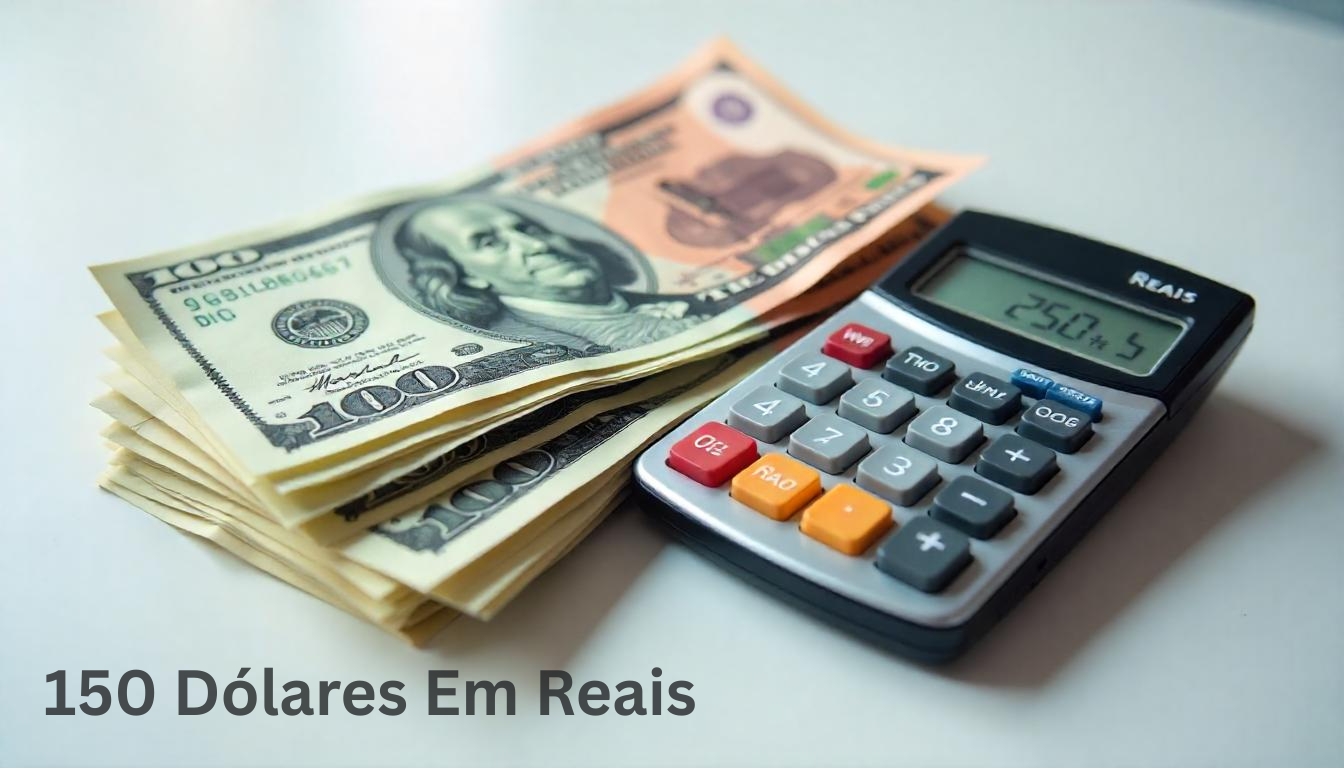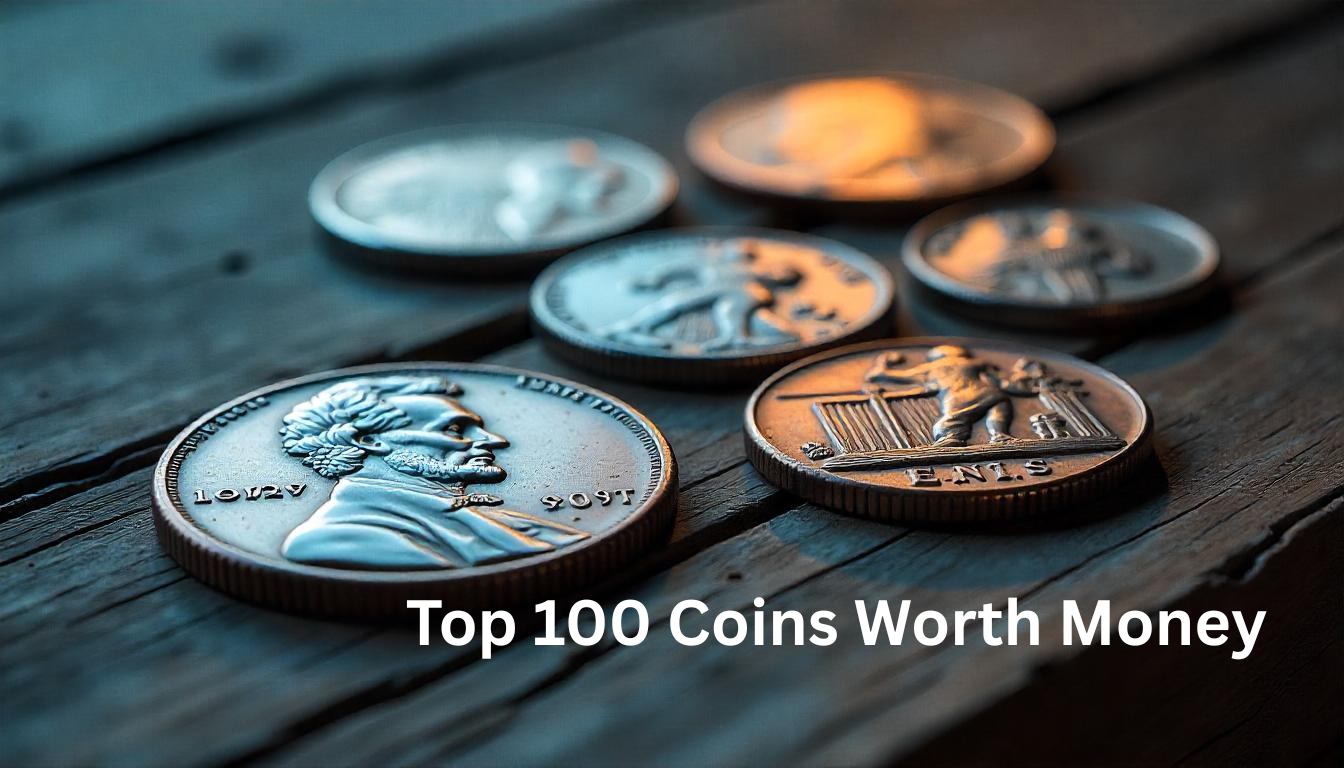Cryptocurrency has revolutionized the financial landscape, offering anyone with an internet connection the chance to dive into the world of digital assets. However, behind the flashy headlines and daily trading buzz, there are some influential players shaping the crypto market. These are the “crypto whales.” But what exactly is a crypto whale, and how do they impact the market? In this post, we’ll break down everything you need to know about crypto whales, from their definition to their potential influence on the cryptocurrency ecosystem.
What is a Crypto Whale?
To put it simply, a crypto whale refers to an individual or entity that holds a significant amount of cryptocurrency, often a quantity large enough to have a substantial influence on the price of that digital asset. The term “whale” comes from the idea that these individuals or organizations are like the large whales of the ocean, capable of creating big waves (market fluctuations) with their movements.
In the context of cryptocurrency, a whale typically refers to someone who owns enough of a particular cryptocurrency to affect the market’s supply and demand dynamics. For example, if a whale decides to sell a substantial portion of their holdings, they could drive the price down, and conversely, buying large amounts could push prices up.
How Much Cryptocurrency Makes Someone a Whale?
There’s no universally agreed-upon amount that makes someone a “whale,” but it’s generally accepted that a crypto whale holds at least 1,000 BTC (Bitcoin) or the equivalent in other cryptocurrencies. For altcoins, such as Ethereum or Ripple, the threshold may differ due to the varying market caps and prices.
Whales are particularly influential in markets with lower liquidity, where the buying and selling actions of a single individual or entity can result in dramatic price movements.
Examples of Crypto Whales
Let’s take a closer look at a few examples to better understand the impact of crypto whales:
- Satoshi Nakamoto: The mysterious creator of Bitcoin is considered one of the biggest whales in the world. It’s estimated that Satoshi owns around 1 million BTC, which accounts for about 5% of all Bitcoin ever mined.
- Elon Musk: Known for his influence on the cryptocurrency world, especially with Bitcoin and Dogecoin, Musk has often been cited as a whale.
- Crypto Exchanges: Major cryptocurrency exchanges like Binance, Coinbase, and Kraken often hold massive amounts of digital assets on behalf of their users. While these whales might not trade for profit in the same way as individual investors, they still hold significant amounts of crypto, which can influence market trends.
How Do Crypto Whales Impact the Market?
The impact of crypto whales on the market is significant due to their ability to move large volumes of cryptocurrency in a short time. Here are a few ways they can affect market conditions:

Price Volatility
Crypto markets are known for their volatility, and whales contribute to this phenomenon. When a whale buys or sells a large amount of cryptocurrency, it can lead to dramatic price fluctuations. For example, when Elon Musk tweeted about Bitcoin or Dogecoin in the past, the prices of these assets surged or dropped significantly. A whale’s actions often cause sudden market movements, making it challenging for smaller traders to predict short-term prices.
Market Manipulation
In some cases, whales may attempt to manipulate the market to their advantage. This practice, known as “market manipulation,” involves using large buy or sell orders to artificially inflate or deflate prices. By creating a sense of demand or fear, whales can influence other investors to buy or sell, allowing them to profit from the fluctuations.
- Pump and Dump Schemes: A common form of market manipulation, a pump and dump scheme happens when whales drive the price of a cryptocurrency up artificially, only to sell it off once prices reach a peak. This leaves smaller traders with losses when the price inevitably crashes.
Market Sentiment
Whales can also influence overall market sentiment. When a whale makes a major move, it often attracts the attention of other traders, both institutional and retail. For example, if a whale buys a large amount of Bitcoin, other traders may interpret this as a signal that Bitcoin’s price will rise, prompting them to follow suit. Conversely, when a whale sells a large position, it may trigger fear among other traders, causing them to sell their holdings in a panic.
Liquidity Issues
In markets with lower liquidity, whales can have an even more significant impact. When a whale places a large order, it can take a long time to fill that order without moving the price. In smaller markets, a single whale’s activity could cause the market to become illiquid, meaning there aren’t enough buyers or sellers to meet the demand.
How to Spot Crypto Whales
Identifying crypto whales can be challenging, but there are several strategies to get a sense of who is controlling the market:
Blockchain Analysis
Cryptocurrencies like Bitcoin and Ethereum operate on public blockchains, meaning anyone can view transaction details. By analyzing blockchain data, you can identify wallets that hold large amounts of a particular cryptocurrency. Some websites provide whale tracking tools, allowing users to monitor the movements of large wallet addresses.
Whale Watching Tools
Several online tools and platforms provide real-time updates on large cryptocurrency transactions. Some popular whale-watching platforms include:
- Whale Alert: This platform tracks large crypto transactions and provides instant notifications. It helps identify when significant movements are made by whales.
- Santiment: Known for offering blockchain analytics, Santiment allows users to track large wallets and their activities.
Social Media & News
Whales often have a significant social media presence, and their movements may be accompanied by public announcements, news, or social media posts. For example, if an influential figure like Elon Musk mentions a particular cryptocurrency, it’s often followed by a surge in buying or selling activity.
Are Crypto Whales Good or Bad for the Market?
The presence of crypto whales can have both positive and negative effects on the market, depending on how they operate:
Positive Aspects:
- Stability: Some whales, especially institutional investors, may bring stability to the market by holding large amounts of crypto long-term.
- Innovation: Whales are often the ones behind major crypto developments and innovations, helping to advance the industry.
Negative Aspects:
- Manipulation: As mentioned earlier, whales can manipulate the market to their benefit, leading to unfair advantages.
- Increased Volatility: Their large trades can result in extreme price swings, which may discourage retail investors from participating in the market.
How Can You Protect Yourself from Crypto Whales?
If you’re a smaller investor, you can take some steps to protect yourself from the effects of crypto whales:

- Diversify Your Portfolio: Don’t put all your eggs in one basket. By diversifying across various cryptocurrencies, you reduce the risk of being impacted by a single whale’s actions.
- Use Stop-Loss Orders: Stop-loss orders allow you to set a price at which your assets will be automatically sold to prevent major losses in case of a sharp market downturn.
- Follow Market Trends: Stay informed by following reliable sources for crypto news and trends. Understanding the market sentiment can help you make more informed decisions.
Frequently Asked Questions
What is a Crypto Whale?
A crypto whale is an individual or entity that holds a large amount of cryptocurrency, typically enough to influence the market’s price. These whales can control significant portions of a cryptocurrency’s supply, and their actions, such as buying or selling, can cause substantial price fluctuations.
How Much Cryptocurrency Does Someone Need to Be Considered a Whale?
While there’s no fixed amount, a person or entity is typically considered a crypto whale if they hold at least 1,000 BTC (Bitcoin). This threshold can vary for other cryptocurrencies, depending on their market capitalization and liquidity.
Can Crypto Whales Control the Market?
Yes, crypto whales have the potential to influence the market significantly. Their large buy or sell orders can lead to sharp price movements, and sometimes, whales even engage in market manipulation, which can alter market trends for their benefit.
How Do Crypto Whales Affect the Price of Cryptocurrencies?
Crypto whales can cause price volatility by making significant trades that change the supply-demand balance. A whale might buy or sell large amounts, which can lead to sudden price increases or decreases. In some cases, these price movements can trigger panic buying or selling from smaller traders, amplifying the effect.
Are Crypto Whales Always Bad for the Market?
Not necessarily. While some whales engage in market manipulation, many whales, especially institutional investors, bring stability and liquidity to the market.
How Can I Identify Crypto Whales?
Crypto whales can often be identified through blockchain analysis. Since cryptocurrencies like Bitcoin operate on public blockchains, anyone can track wallet addresses that hold large amounts of a particular asset. Whale-tracking platforms like Whale Alert can provide updates on large transactions and whale movements.
Do Crypto Whales Trade for Profit?
Yes, most crypto whales trade for profit. These whales may hold significant amounts of cryptocurrency as a store of value or invest large sums to profit from market fluctuations. While some whales may hold long-term positions, others might buy or sell based on market conditions to maximize their returns.
Can Crypto Whales Manipulate the Market?
This involves artificially inflating the price of a cryptocurrency by making large purchases, only to sell off the asset later once the price has risen, leaving smaller investors with losses.
How Can I Protect Myself from Crypto Whale Moves?
To protect yourself, you can diversify your portfolio to reduce exposure to a single cryptocurrency. Additionally, setting stop-loss orders and staying informed on market trends can help you avoid sudden losses from whale-driven price movements.
Do Crypto Whales Always Sell Their Cryptocurrency?
No, crypto whales don’t always sell their assets. Some whales hold their cryptocurrency for the long term, viewing it as a store of value or an investment in the future. However, when whales do decide to sell, their actions can cause significant price swings, so it’s essential to stay alert to any major movements.
Conclusion
So, what is a crypto whale? Simply put, they are the big players in the crypto world, holding enough assets to move the market. While their actions can lead to price volatility, they also contribute to the growth and evolution of the cryptocurrency market. Whether you’re an experienced investor or a newcomer, understanding the power of crypto whales is key to navigating this exciting and often unpredictable space.
As the cryptocurrency market continues to evolve, it’s crucial to keep an eye on these powerful entities. By staying informed, diversifying your portfolio, and using the right strategies, you can better manage the risks posed by crypto whales and potentially thrive in this dynamic market.






